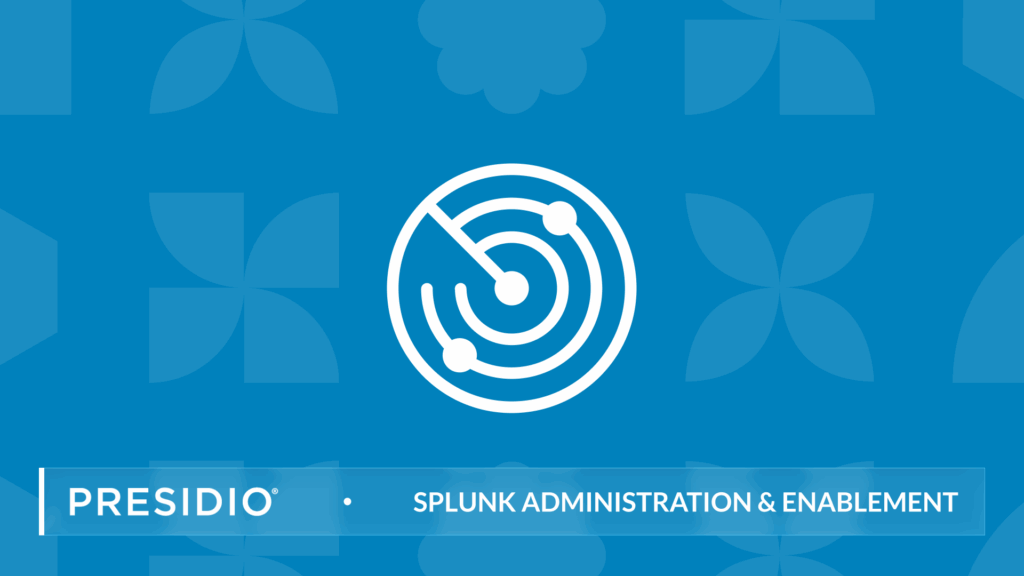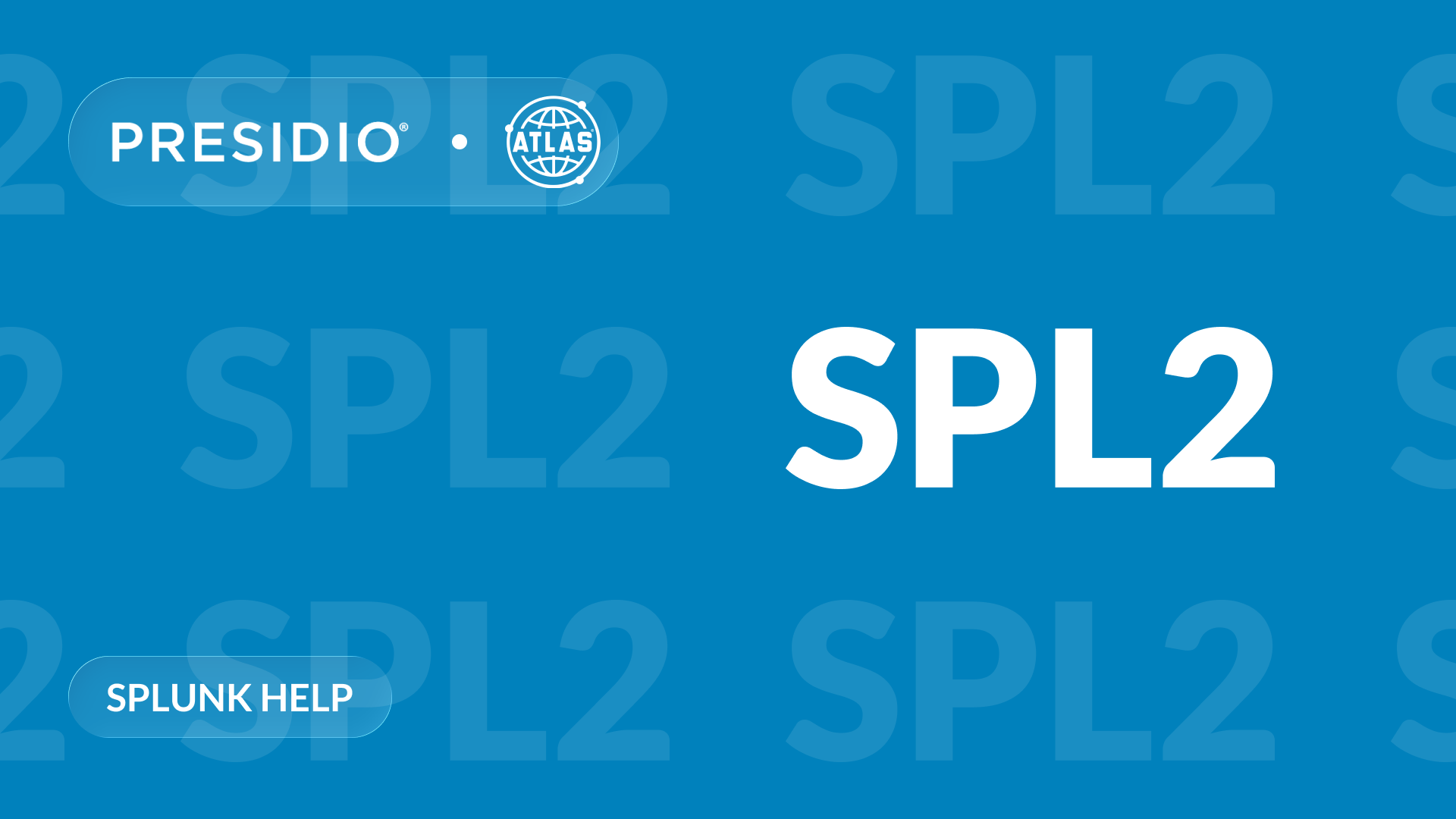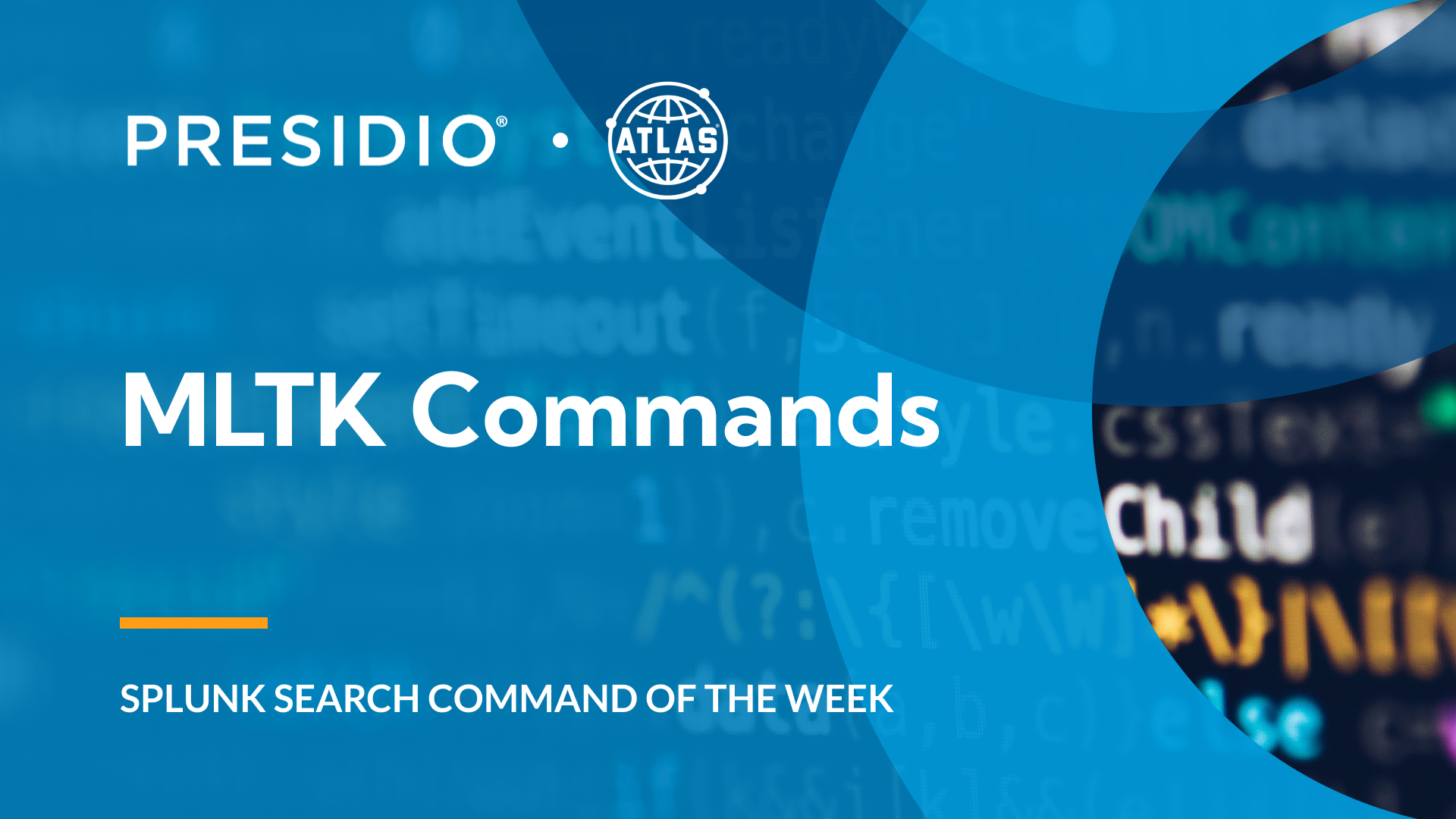When it comes to Splunk, success does not come from simply installing the platform and pointing some servers to send their logs to it. Splunk is like a blank canvas. It can become a simple picture of CPU usage and disk space, or it can be a full-blown masterpiece that tells the story of your business in real time. The difference comes down to how you approach it.
Over the years, I’ve seen organizations succeed wildly with Splunk, and I’ve also seen some stalls out after only scratching the surface. The difference usually comes down to four tenets. Let’s break them down with some real-world flavor.
1. Find Your Champion
Splunk isn’t just an IT tool, it’s a data platform that unlocks value in operational data. And like any strategic investment, it needs someone at the leadership level to champion its value.
Think about a CIO at a healthcare system. On paper, they ask for “better monitoring.” What they want is fewer EHR outages, faster lab results, and higher clinician satisfaction. When that CIO frames Splunk not as another IT tool but as a way to directly link infrastructure health to patient care, dashboards stop being about uptime alone. they become instruments for improving patient flow, reducing delays in treatment, and ultimately delivering better outcomes.
Without that leadership buy-in, Splunk can get pigeonholed as a “log collector.” With it, Splunk becomes a lens into how technology drives business results.
2. Be Intentional: Have a Plan For Monitoring
Splunk will ingest almost anything you give it, firewall logs, cloud metrics, server performance counters, even data from your coffee machine if you want. That flexibility is its superpower, but also its biggest risk. Without intention, most teams stop at “Is the CPU above 80%?”
Instead, imagine starting with a business-centric vision:
- Healthcare system: Measure how EHR login times and lab order turnaround directly affect patient wait times in the ER.
- Global manufacturer: Correlate supply-chain application latency with missed shipment deadlines to anticipate downstream revenue impact.
- Financial services firm: Track authentication delays not just as a system issue, but as friction points that can block or delay high-value transactions.
3. Know Your Data
Here’s the truth: Data is messy, dig deep. Don’t stop at “we have the logs.” Understand which fields tell the story.
- Which fields tell you about message delivery delays or queue buildup?
- How do those events correlate with network telemetry, or identity access logs from providers like Azure AD or Duo or SIEM security findings?
- Can you separate client-side performance issues from Microsoft 365 service slowness?
Now consider an internal application hosted in your own data center:
- Which logs capture transaction response times or database query latency? And how do these relate to each other?
- Can you identify whether slowdowns are due to server CPU saturation, memory leaks, or network congestion?
- How do those events line up with infrastructure telemetry from VMware, SAN storage arrays, or your network management alerts?
4. Invest in Your People, Not Just the Platform
Here’s a common trap: companies spend hundreds of thousands on Splunk licenses but almost nothing on training. Then they wonder why Splunk becomes “that expensive log tool.”
Splunk mastery isn’t just about knowing how to restart an indexer. “It’s about mastering the art of extracting knowledge from the data ingested in Splunk, building dashboards that speak to executives and engineers, and creating the right alerts that save your team from 2 a.m. outages.”
- A junior analyst who becomes adept at working with Splunk data might notice that slow application response times consistently align with spikes in backend database errors, revealing issues before customers start calling the help desk.
- A power user in operations might build a dashboard showing order-to-shipment times in real time, giving executives visibility they’ve never had.
- A passionate engineer might set up anomaly detection that finds performance degradation before customers notice.
These aren’t “admin tasks.” They’re business accelerators. Investing in your people, whether through Splunk training, community involvement, dedicated time to experiment, or engaging with the right partner, creating a culture where Splunk isn’t just a tool, it’s a business observability engine.
Presidio, Splunk Solution Practice: The Right Partner
Embarking on a Splunk journey can feel overwhelming, especially when you’re trying to balance leadership buy-in, intentional planning, data strategy, and training. That’s where Presidio’s Splunk Solutions Group comes in.
Our team lives and breathes Splunk. We help organizations:
- Align executive leadership with business-centric monitoring goals.
- Build intentional monitoring roadmaps that go beyond infrastructure metrics.
- Identify, onboard, and optimize the right data sources to power business outcomes.
- Engage with and mentor your teams to become not just Splunk administrators, but true Splunk power users who extract measurable value from data.
What makes Presidio unique is the combination of expertise and accelerators we bring to every engagement. Our Atlas Platform® provides guardrails, pre-built content, and operational efficiencies that keep your Splunk environment optimized and delivering business value. And with Expertise on Demand (EOD), you have direct access to seasoned Splunk experts when you need assistance, whether it’s guidance on a tricky SPL query, help designing a new dashboard, or advice on scaling your architecture.
With the right partner, Splunk doesn’t just collect logs. It drives resilience, security, and business growth. Presidio helps you unlock that potential.






